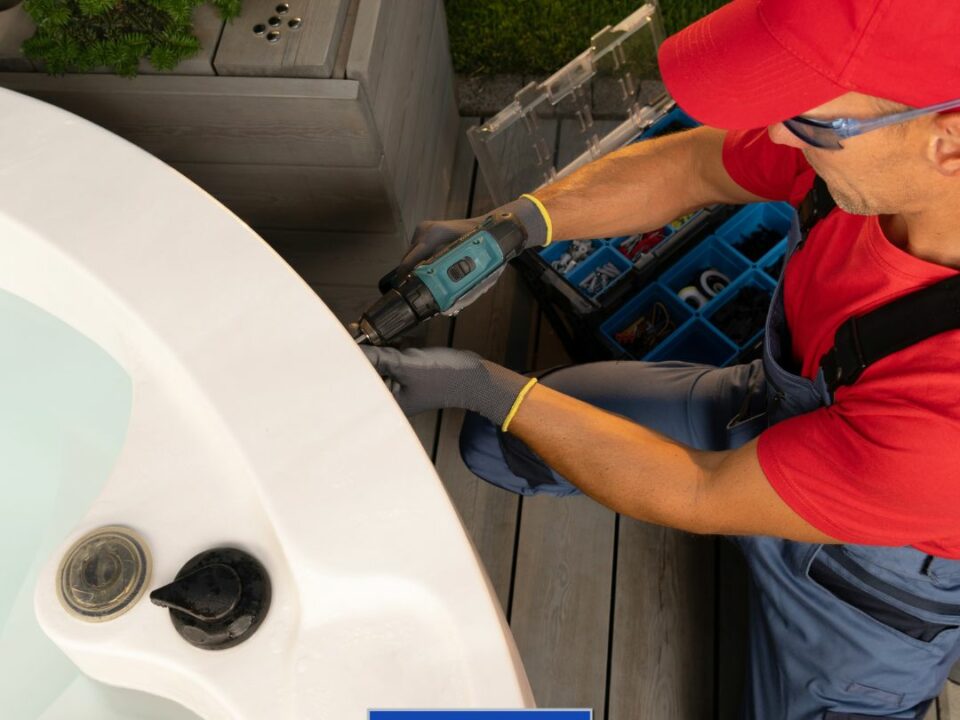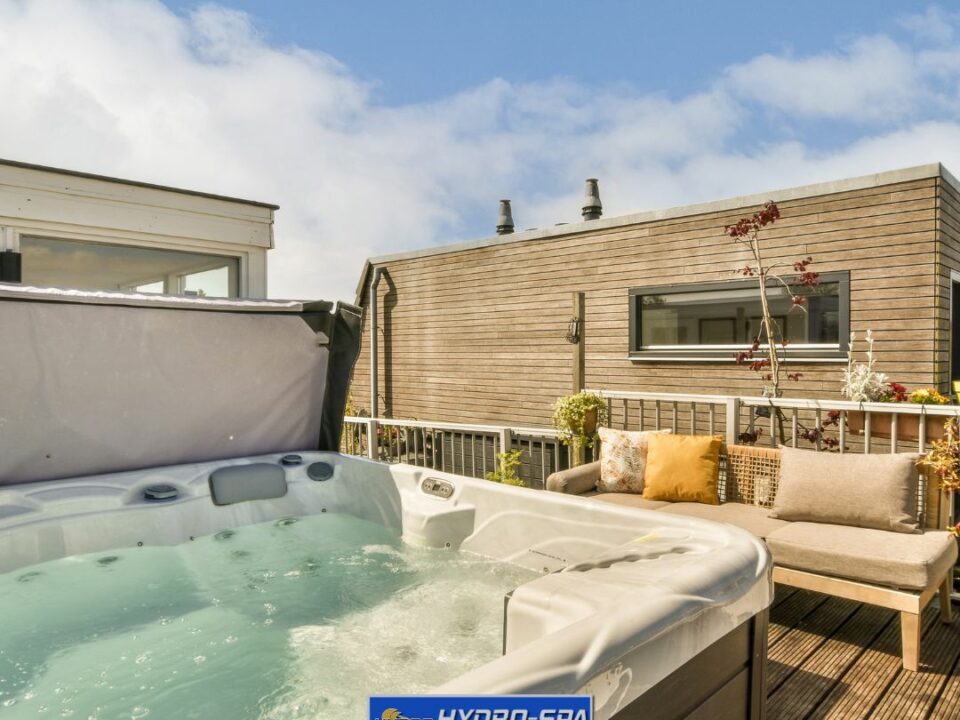Outdoor Sauna Planning: Steps to Prepare Your Space
May 20, 2024Traditional Sauna and Skin Health: The Beauty Benefits of Sauna Sessions
May 23, 2024The allure of having your own backyard retreat is undeniable, and installing a hot tub by yourself might seem like a cost-effective way to achieve this. However, DIY hot tub installation involves more than just physical labor; it requires a solid understanding of technical details and safety protocols to ensure a smooth setup. Whether you’re a seasoned DIY enthusiast or a novice looking to tackle a new project, this comprehensive guide will provide you with the essential information and tips to ensure your hot tub installation is successful and safe.
Diving into a DIY hot tub installation can be a rewarding project that not only enhances your property’s appeal but also offers a personal haven for relaxation and entertainment. Before you begin, it’s crucial to consider several factors, from selecting the right model to understanding the electrical and plumbing requirements.
Essential Considerations Before Your Hot Tub Installation
Before diving into your hot tub installation, several key factors need careful consideration to ensure a seamless process. First, assess the location: it should be accessible, level, and close to a power source. Consider privacy and proximity to trees, as falling debris can increase maintenance chores. Additionally, evaluate the foundation; a solid base is critical to support the hot tub’s weight, especially when filled with water and users. Check local building codes and regulations to ensure compliance, particularly with electrical and plumbing setups. Proper planning in these areas can save you from costly mistakes and future headaches.
Step-by-Step Guide to a Successful DIY Hot Tub Installation
Embarking on a DIY hot tub installation can be daunting, but breaking it down into manageable steps can simplify the process. Start by preparing the site: ensure the ground is level and sturdy enough to support the hot tub. Install a concrete pad, pavers, or a reinforced deck as a foundation. Next, position the hot tub and make sure it’s accessible for maintenance and insulated properly if in colder climates. Connect the electrical wiring strictly according to the manufacturer’s instructions and local codes—consider hiring a professional electrician for this step to ensure safety. Finally, fill the hot tub, adjust the chemical levels, and heat it up to test if all systems work correctly before enjoying your new retreat.
Troubleshooting Common Issues During Hot Tub Installation
Even with thorough preparation, you might encounter issues during hot tub installation. Common problems include improper leveling of the tub, which can lead to uneven water distribution and structural stress. Electrical issues are also frequent; ensure that your power supply matches the hot tub’s requirements and that all connections are secure and waterproof. If you experience leaks, check all fittings and hoses for tightness. For unclear water or chemical imbalances, regularly check and adjust the water chemistry. Familiarizing yourself with the hot tub’s manual can provide valuable troubleshooting tips and prevent small issues from becoming significant problems.



